In 1680, Prague fell once again under the grip of the Black Death, which ruled without mercy, without discrimination between men of noble birth and the poorest beggars. Many chose to abandon the city, and those who remained sought solace and safety in prayer. Alas, devoutness offered little protection against the plague. As the city cemeteries quickly reached capacity, the city council established a new burial ground at the edge of Olšany, a village a few kilometers from the New Town of Prague, to accommodate the plague victims from the right bank of the Vltava. At the entrance to this new cemetery, a Baroque Church of Saint Roch was erected, dedicated to one of the most prominent Plague Saints—although, regrettably, this church is not accessible to the public.

In 2023, my girlfriend and I would love to get Prague under our grip. Instead, we settled for a narrated tour through a part of the Olšany cemetery. Over the centuries, it has transformed into the largest cemetery in the Czech Republic. Despite Prague's current population of approximately 1.3 million, the Olšany cemetery supposedly houses the remains of over 2 million. Given its vastness, a single Wednesday Walk could only lead through a part of it, leading us to skip the restricted Jewish section and the more remote areas featuring military graveyards and an Orthodox cemetery. Our focus remained on the oldest sections, closer to the city center.
The tour highlighted tombstones and graves commemorating lesser-known yet significant Czech figures—such as architects who have shaped the design of Czech cities and towns, once popular actors, and esteemed journalists. However, the visual aspect of the cemetery could impress people unaware of Czech realia without a long explanation. These shots are from the newer section with tombstones ranging from brand new to 100 years old. I believe you can tell the newer ones from those that have witnessed a century.











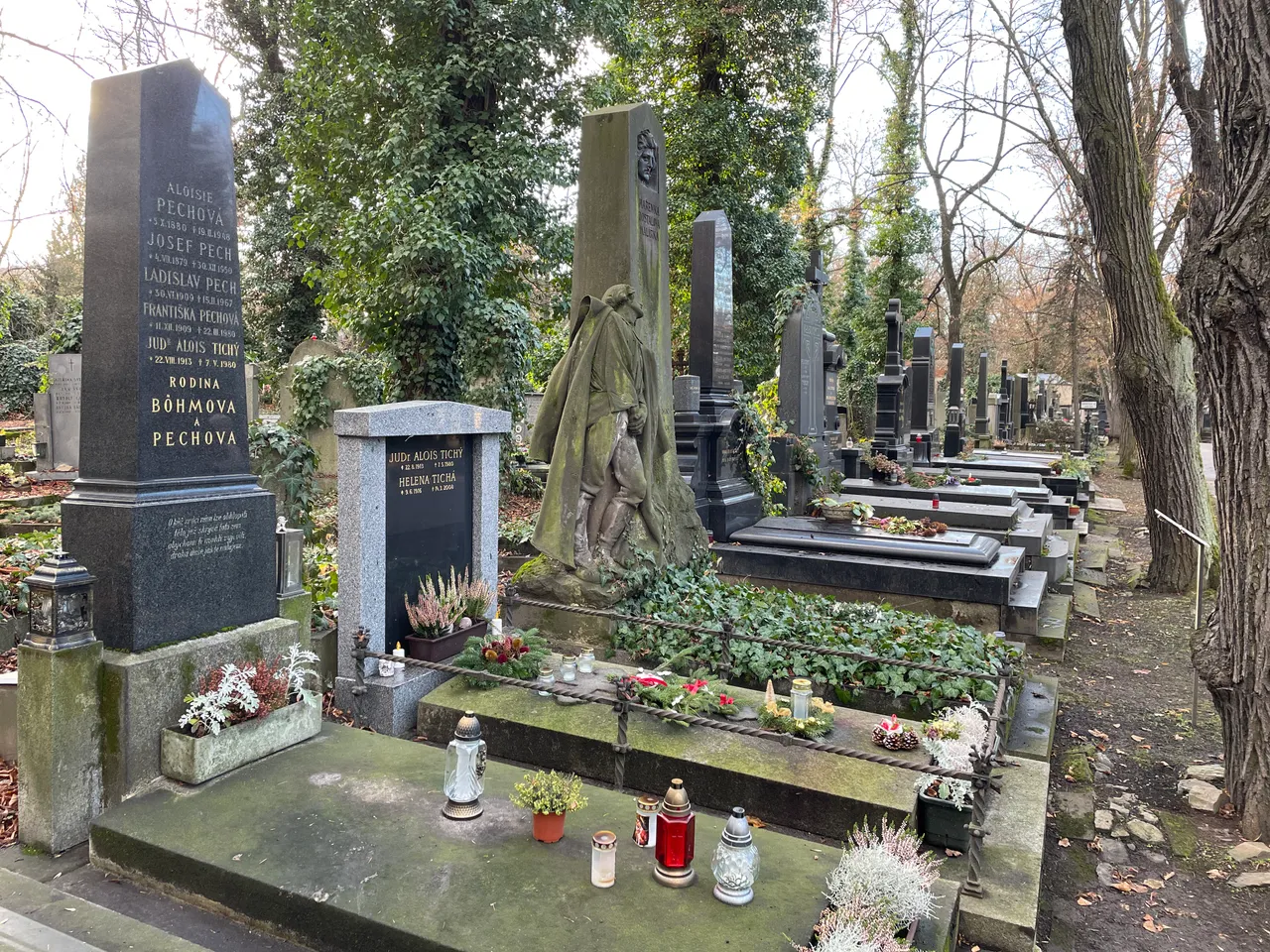








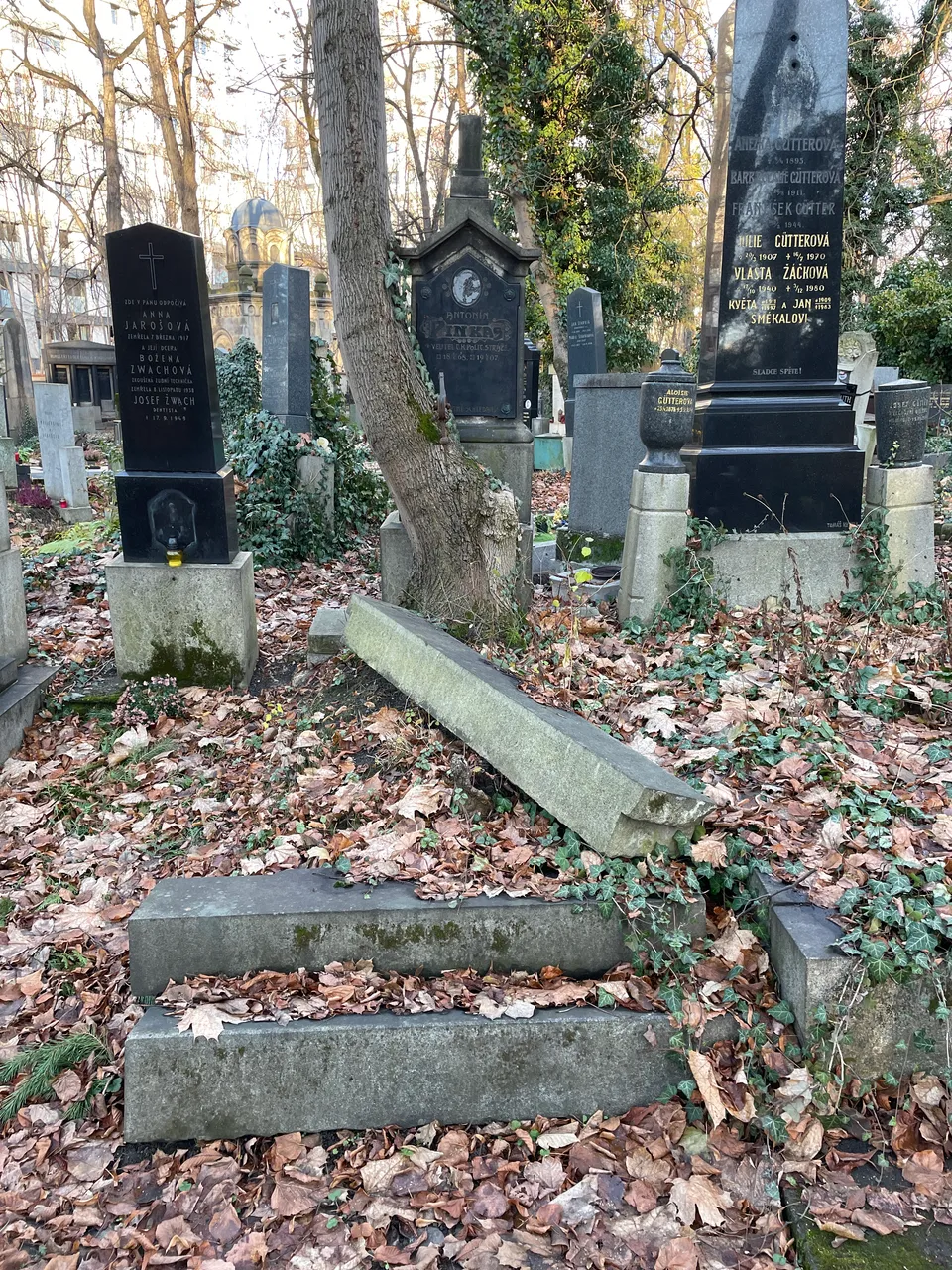
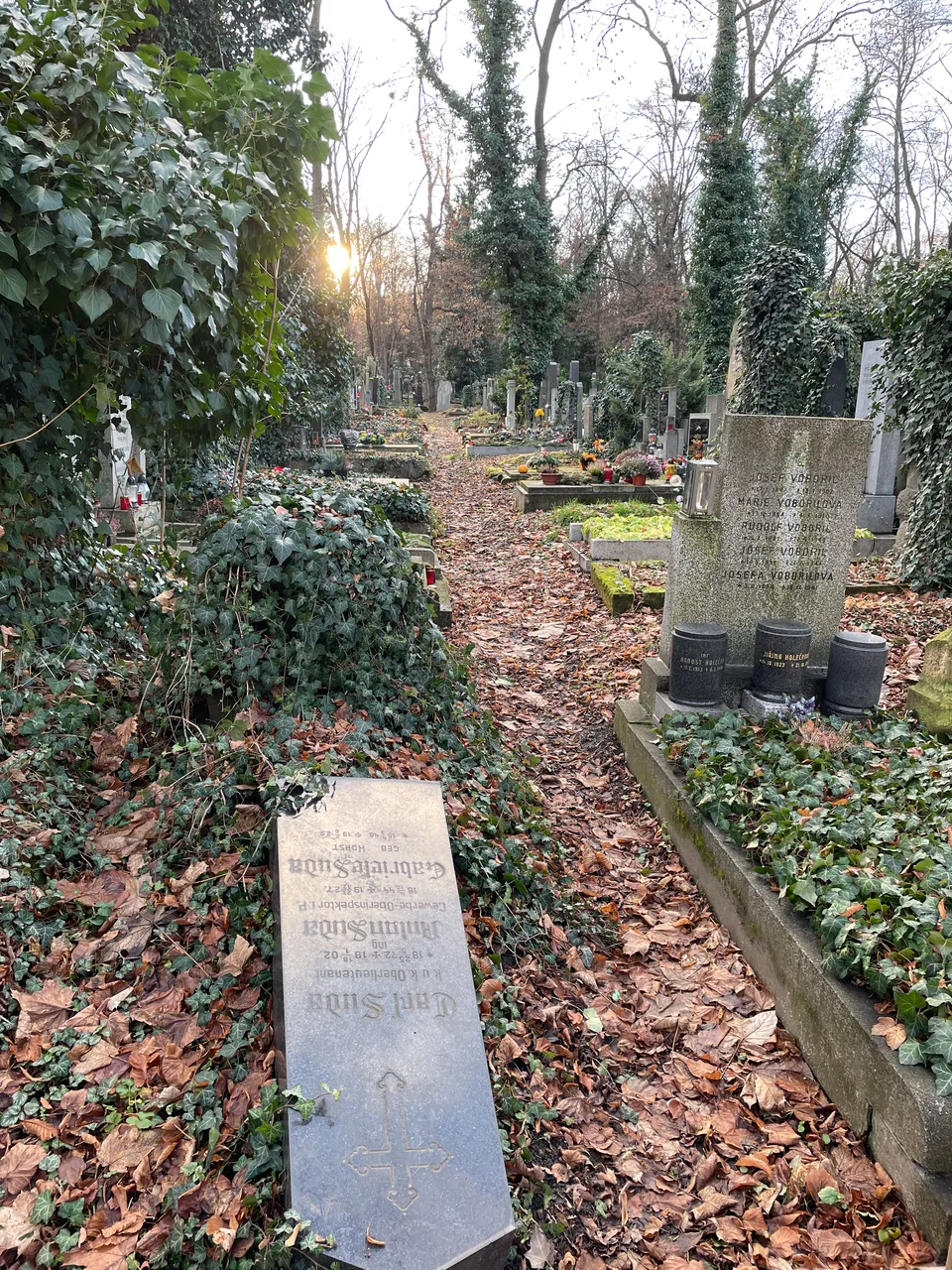






After pausing at the extensive memorial of this self-styled mafioso, whose demise involved a fatal cocktail of a luxury car on the highway, cocaine, and a 0.35% blood alcohol level, we decided to part ways with the tour and forge our path to the oldest sections. The tombstones here bear the marks of neglect, with the cemetery officials or volunteers focusing on those of the most prominent individuals. Yes, even in death, some manage to retain their VIP status.

The oldest part boasts a distinctive Gothic ambiance, evoking that a vampire might leap out at you once darkness falls. The tombstones and graves in this part of the cemetery have weathered the passage of time, and the neglect is evident. Occasionally, bones become visible, as some graves have not been adequately sealed. However, most of these skeletal remains are from crypts that have been raided time and time again. It takes a certain level of ignorance to break into a crypt that has already been pillaged countless times over the centuries...











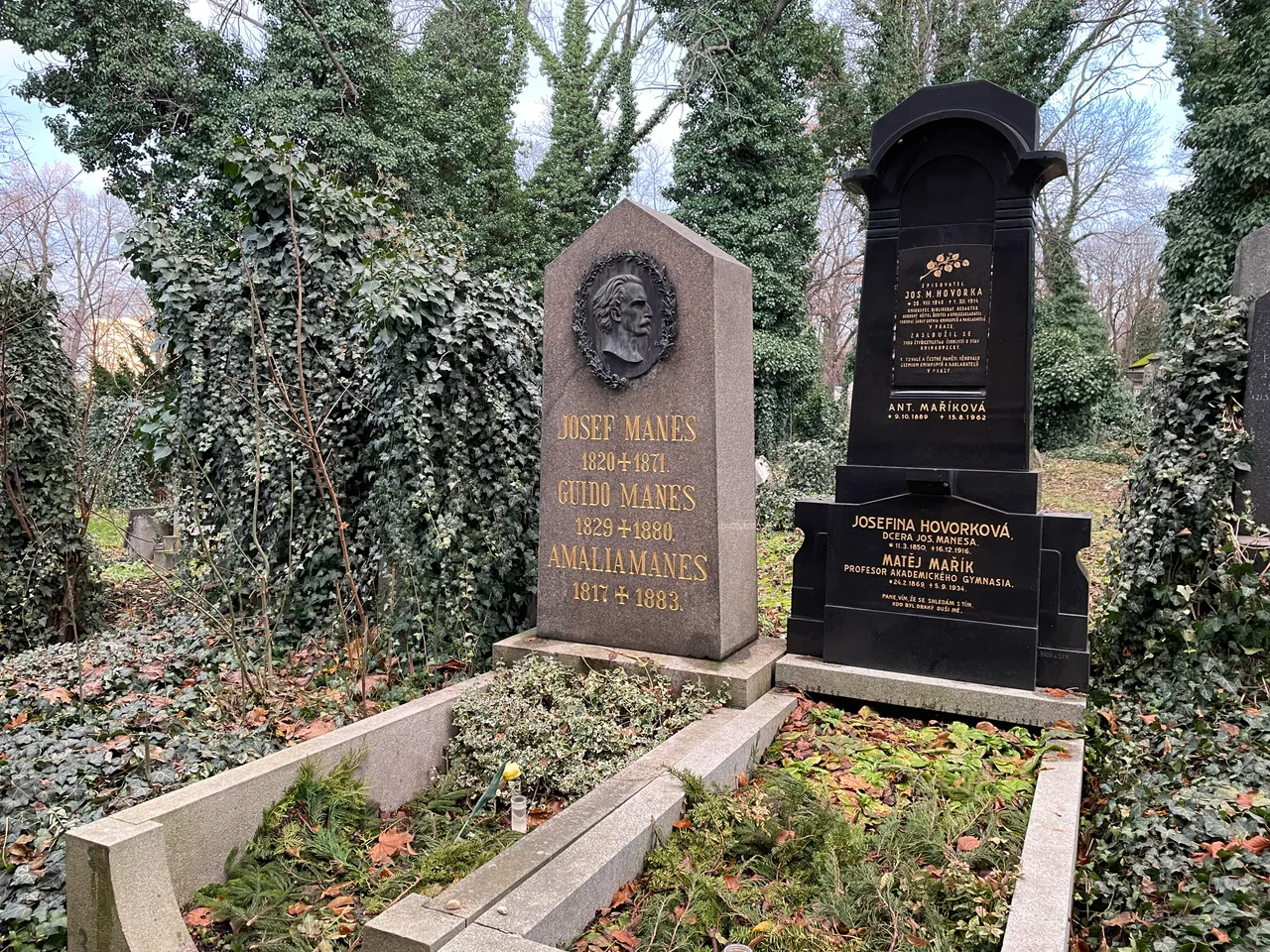
This is a great example of VIP tombstones. Josef Mánes and his brother Quido were renowned painters.


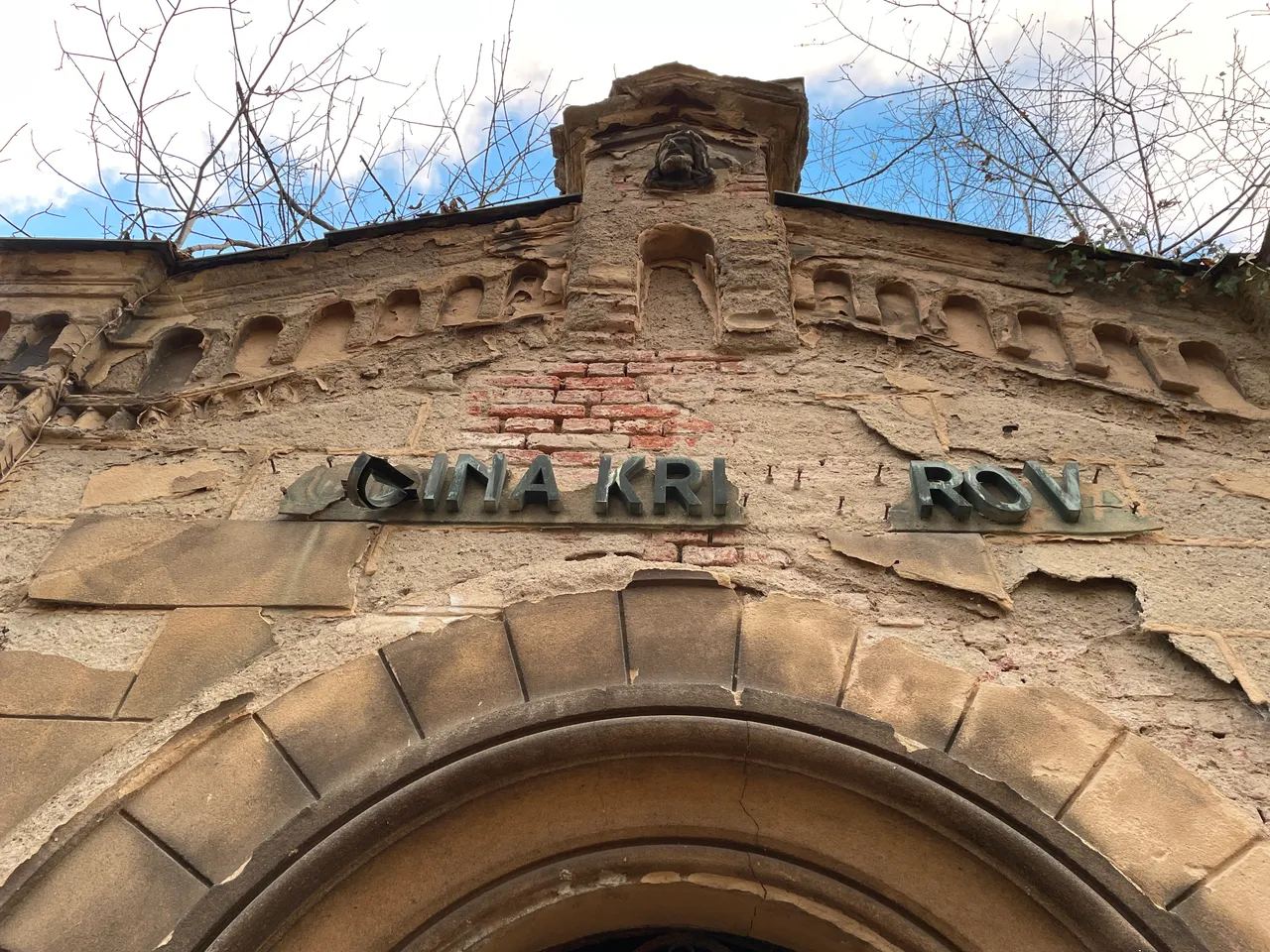
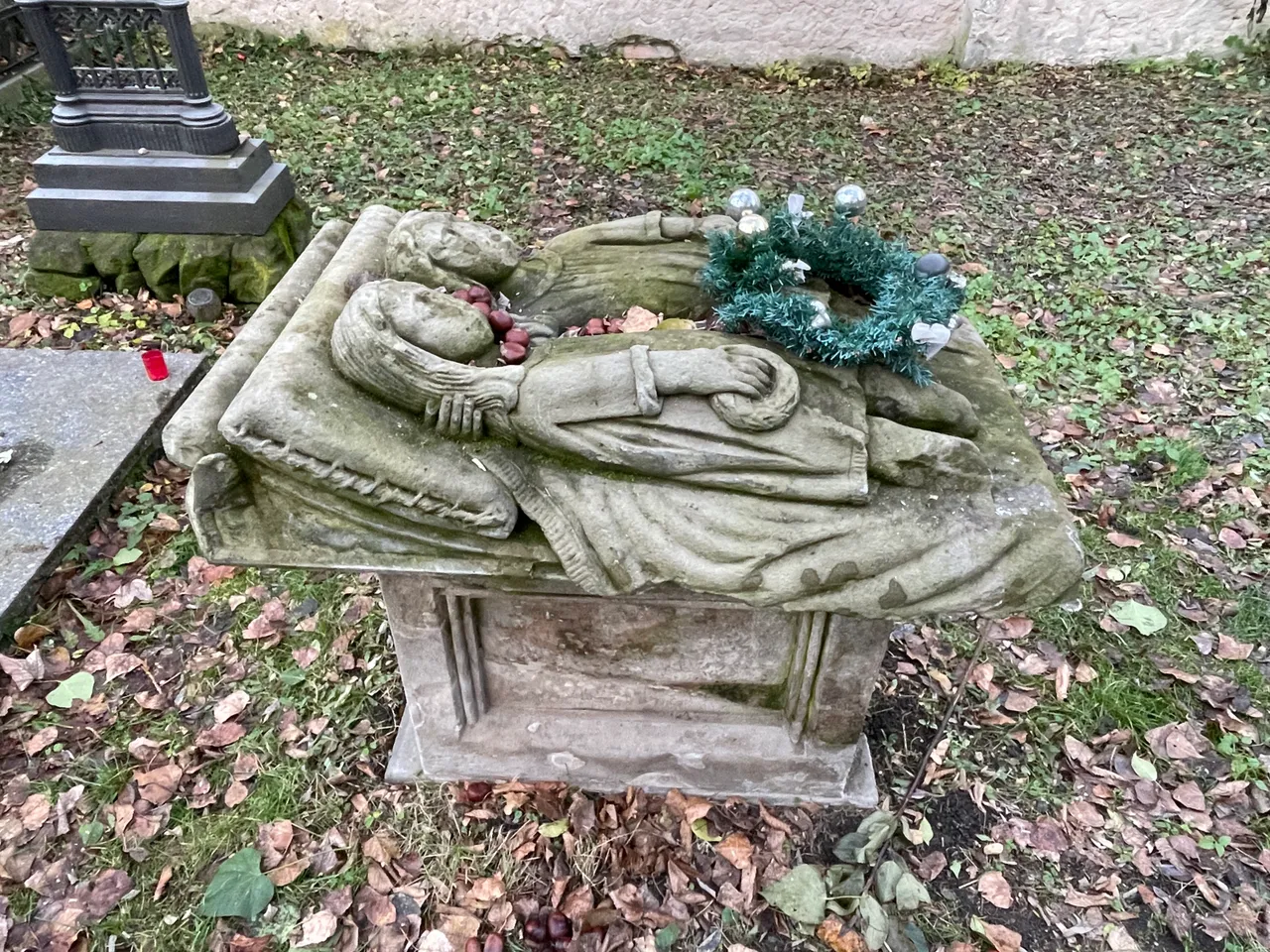
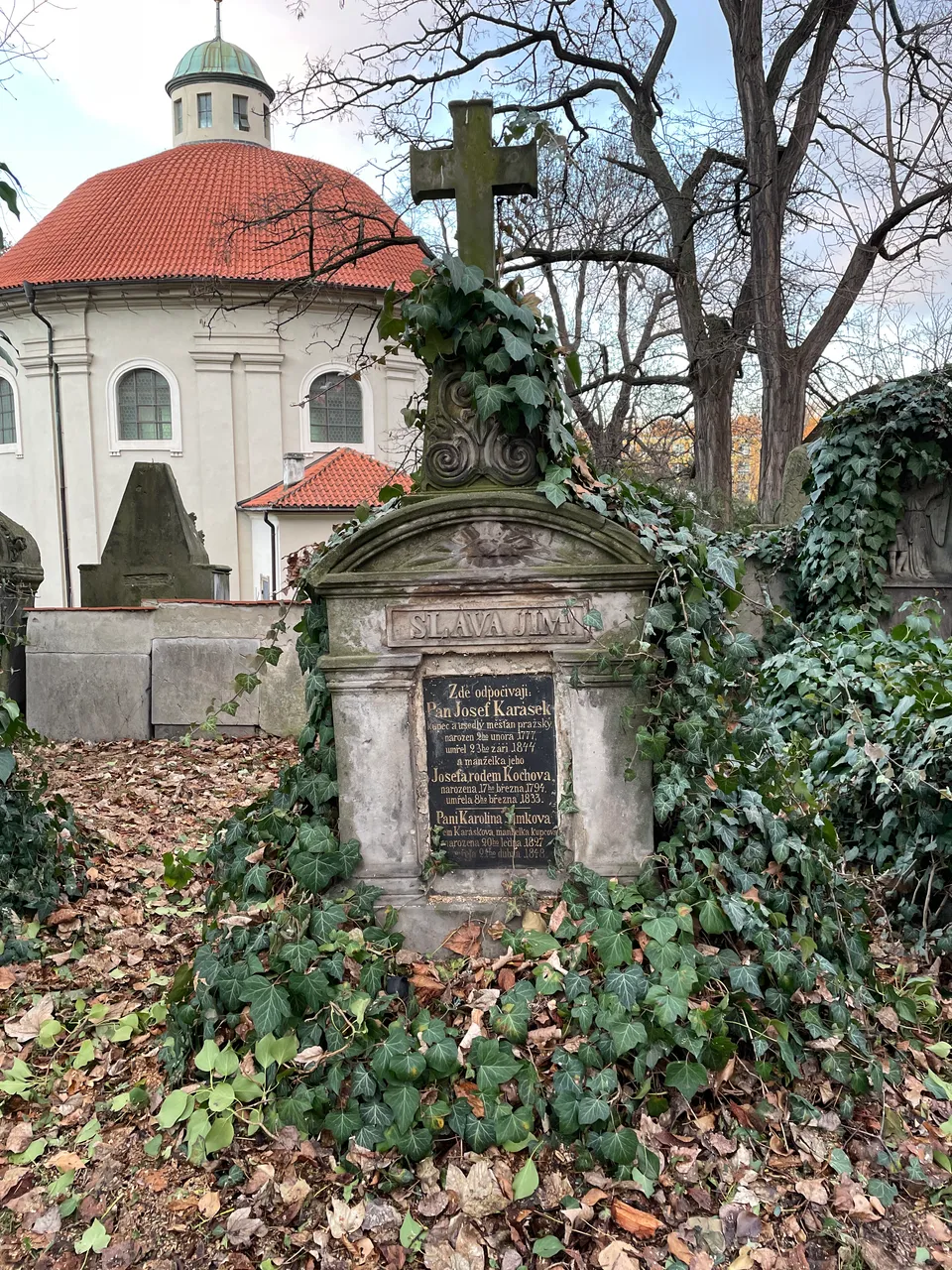

We came across this two-hundred-year-old tombstone memorializing two sisters who purportedly lost their lives in a tragic road accident, struck down by a passing cart. The kids died in pain on the spot, and their final resting place is at the edge of the oldest section, surrounded by graves dating back to the early 19th century. You can hardly tell who those graves belong to.



And that's for my #wednesdaywalk. We sneaked out through the old entrance, passed by the church I've mentioned and headed someplace warm to heat ourselves up. Thank's a lot to @tattoodjay for inventing and promoting it!